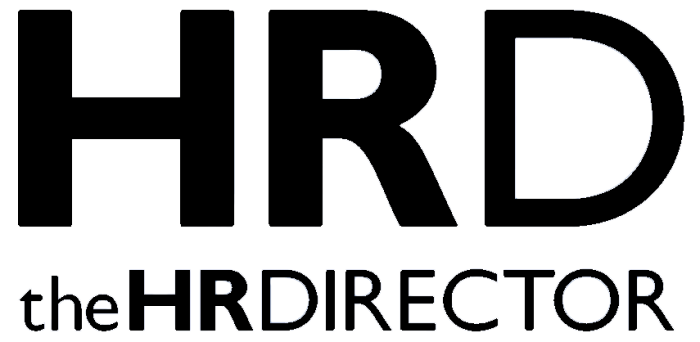Imagine a stack of finalist job applications sits on your desk. One is the clear front-runner, but there’s a close second, a candidate who appears almost as qualified as the first. How are you certain you’re hiring the most qualified candidate? A critical first step is to properly review those applications for potential discrepancies. In today’s job market, resume discrepancies occur more frequently than you may imagine, as often as 30% of the time. According to CNBC, “Just one in six job seekers say they didn’t stretch the truth in any way during their recent hiring experience.” Of those who embellished their resumes, 79% reported they were never caught, and those discrepancies range from small adjustments to complete fabrications.
Armed with these facts, how can you confirm what a candidate’s job experience and credentials tell you? And if everybody’s stretching the truth, does it matter for this position specifically? These are questions hiring managers face regularly.
How much does resume accuracy matter?
Beyond the moral implications of truthfulness during the hiring process, understanding the relevancy of resume accuracy depends on the position, company, and circumstance. For instance, a medical professional exaggerating previous experience could have far-reaching health, safety and regulatory implications. In contrast, a customer service representative who exaggerated his degrees could still possess the ability to perform the job successfully.
Historically, prospective employers would verify an applicant’s history listed on a resume via manual phone calls, or even faxes, to previous employers. However, these methods often lengthen the overall time to hire due to unresponsiveness and can be subject to human error. Many employers have moved to more automated systems to check and confirm prospective employees’ backgrounds and resume details. The challenge with these services is that the information can be outdated and expensive, so it is important to ensure the checks are thorough.
According to background screening and employment verification best practices, different roles require different levels of verifications, which means avoiding a uniform policy. As previously noted, a call center candidate may not need the same level of application and resume review as a prospective CEO. In general, jobs with higher risk- accountant, doctor, lawyer – warrant investing in more thorough background checks and employee verification measures. Thankfully, there are multiple options when determining the type of employment verification needed.
A custom-fit approach
For low-risk roles, companies could simply trust the candidate to provide an accurate and honest assessment, especially since once the candidate is hired, the company can quickly see if the employee failed to fairly present their abilities. Or focus on the most recent and/or current role in verifying employment. When choosing this approach, factor in the cost of rehiring the role if necessary.
Companies needing a more accurate and effective balance of risk might choose a candidate-driven process to verify previous employment. For example, asking a candidate to upload information of proof of employment history, such as a W-2 form or related documentation from a current or previous employer’s payroll or other human resources system. A good candidate-driven process can reduce cost per verification and improve time to hire for employers, while ensuring strict security standards and robust monitoring. For candidates, it provides a simple, easy and instant verification experience that allows more control over the dissemination of information to their prospective employer eliminating the risk that their current employer may discover their job search.
In the end, employers should assess the risk associated with a role and measure against the time and cost associated with the background check in general, and the employment verification in particular. This inflection point determines when and how companies should invest. As with any hiring policy or process, it is equally important to remember that the decision should remain consistent across all candidates applying for a given role to ensure an unbiased, compliant hiring process and remain up to date on all federal and state laws dictating the information past employers can and cannot reveal.







